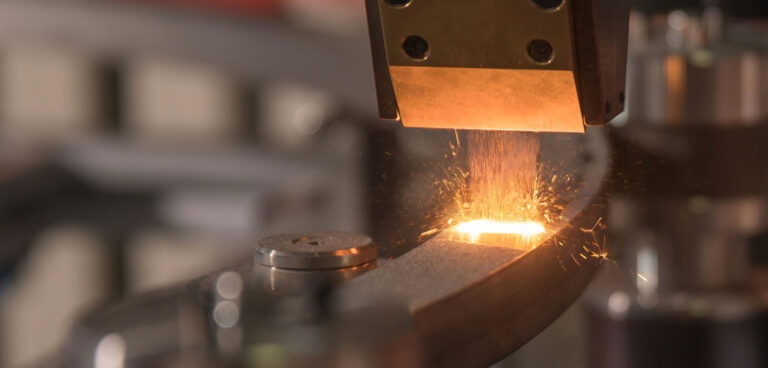Tier 1 supplier Federal-Mogul Powertrain is developing laser processes to give future piston rings for large bore engines greater wear resistance. The techniques promise to offer an environmentally friendly, long-term alternative to galvanic coatings.
“Laser processes offer exciting possibilities for surface enhancement and can be applied to a wide range of base materials including both gray iron and SG iron,” explained Peter Arndt, director and general manager for large bore engine rings at Federal-Mogul Powertrain.
The laser processes under evaluation include laser structuring, laser re-melting, laser alloying and laser deposition welding. Laser deposition welding is already widely used as a coating process to replace hard chrome layers, using Ni- and Co-based alloys with dispersed hard materials. However, meeting future requirements for piston ring running faces will require new coating materials.
The surface properties of gray cast-iron materials can be altered by laser re-melting to significantly increase abrasive wear resistance. A high-energy laser melts the iron, which is spontaneously quenched by movement of the laser focus to produce a white-solidified, ledeburitic material structure containing Fe3C with a hardness of approximately 800 HV.
Size and distribution of the Fe3C hard phases can be flexibly adjusted by the laser energy input. Both laser re-melting and laser deposition welding produce a metallurgical bond between the base material and the functional coating material.
“Initial engine tests of large bore rings with laser re-melted side faces so far show extremely positive results,” added Arndt. “This solution for surface reinforcement of the side faces, on one or both sides, can be combined with all common existing running face coatings to provide high load resistance with very long service life.”
Pre-series production using laser re-melting of piston ring side faces is scheduled for the end of 2018. Material development for laser deposition welding on the piston ring running surface is currently underway, with the first engine tests expected in early 2019.


